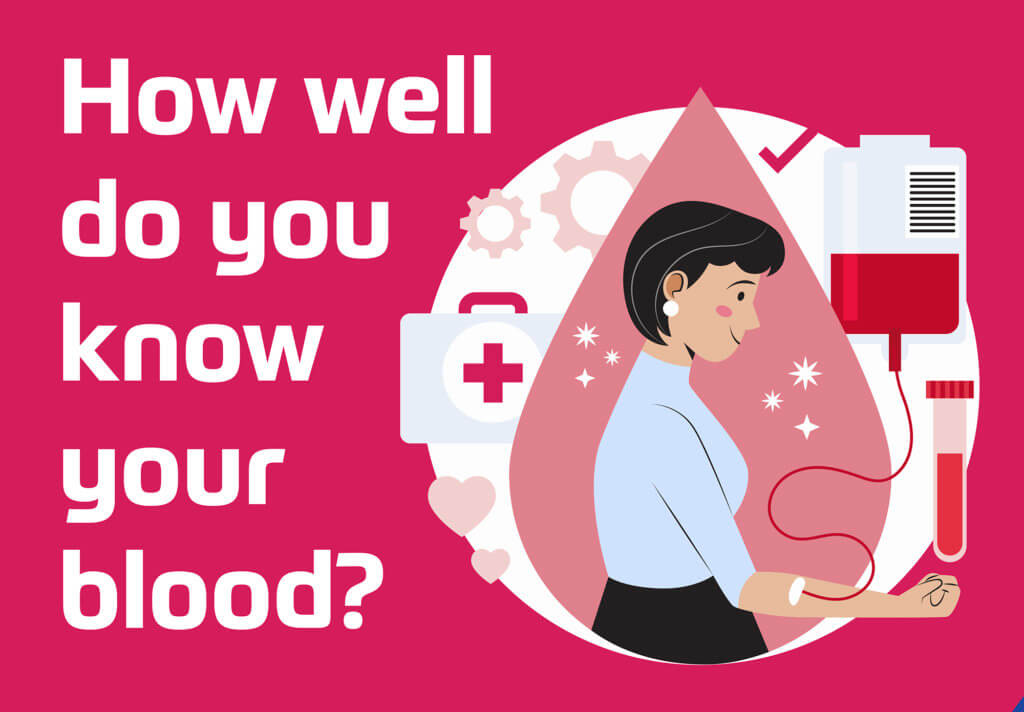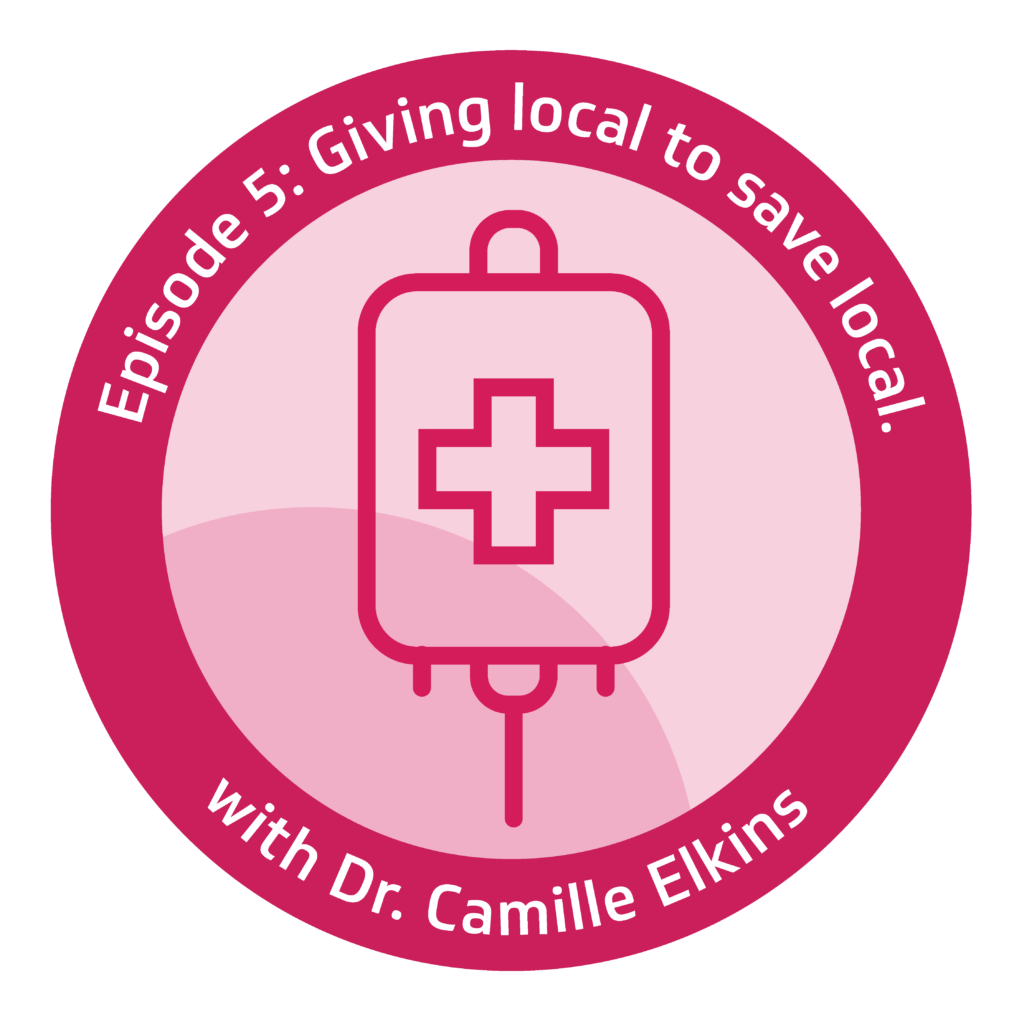How well do you know your blood?

For something that makes up 7%1 of our body, we often don’t appreciate or realize how much our blood does. We know it’s the favorite snack of vampires and mosquitos—but how important is blood for our body to thrive?
In a time of blood shortages, it’s clear how vital blood is not only for our own benefit, but for the lives of others that we could help if we donated. When donating blood, a single 15 minute donation can provide enough blood to save three lives! From cancer patients that can’t produce their own blood cells to people involved in serious accidents, your donation can be life changing.
“In the vein” of knowing your blood, let’s test your knowledge! Once you make your guess, click the plus icon in the bar below to find the answer.
How long has blood transfusion existed?
The first attempt for transfusion was in 1492, with the first successful human-to-human transfusion taking place in 18182. That means that blood donation and transfusion has existed for over 200 years! Thankfully, technology has improved along with our understanding of blood and its uses to make modern day blood donation incredibly safe and beneficial.
What does blood do for you?
Blood performs four major functions in your body and each task is completed by a specific component in your blood.
Oxygen supply – Red blood cells contain hemoglobin which carries oxygen from the lungs to tissue and take carbon dioxide back to the lungs.
Infection combat – White blood cells fight infection in your body.
Clotting – Platelets help your blood clot properly, which helps your body keep the blood it has where it’s supposed to be.
Whole-body transportation – Plasma (the liquid all the other components float in) transports nutrients, hormones, and proteins to the parts of your body that need them.
How many pints of blood are in the human body?
It depends on age and weight, but adults have roughly 8-10 pints of blood in their body at any given time. When you donate blood, one unit = 1 pint of blood and is the standard amount donated.
How often can you donate blood?
To give your body time to recover, The Blood Center recommends waiting 8 weeks between donations.
How many different blood types are there?
There are 4 main blood type groups—A, B, AB, and O. Your blood group, also referred to as blood type, is determined by your genes. Each group can be either positive or negative, which means there are 8 total blood types!
Fun fact: Type O negative is the universal blood donor because people of any blood type can receive this blood when needed.
What part of your body make blood?
Blood cells are made in the bone marrow, which is the center of your bone. This soft, spongy part of the bone makes blood by maturing stem cells into red blood cells, white blood cells, and platelets. Some blood cells move to other parts of the body to mature, while some stay in the bone marrow until fully mature.
What color is blood when it’s inside your body?
Did you say “blue?” Trick question! Human blood is red.
Years ago, there was an article written claiming that human blood is blue. And while crab and horse blood is blue, human blood is not. Human blood is red because of the hemoglobin in our red blood cells.
Blood/veins appear blue because of the way tissue absorbs, scatters, and reflects light.3
How many people need blood donation?
Every 2 seconds someone in the U.S. needs blood and or platelets.4 Considering the current blood shortage, just imagine how many people across the country and in your community need blood, but might not get it!
Where does my donated blood go?
Depends on the organization you donate to. What we can say for sure is that when you donate to your local blood bank, you know exactly where your blood stays: Local. For Singing River Health System, that means donating to The Blood Center. We host several blood drives ourselves, including one this Friday at Singing River Gulfport. Join us!
Want to donate blood? Learn more and sign up online with The Blood Center today.
Content inspired by Healthcare is Selfcare: The Podcast
Hear more from Dr. Elkins on Episode 5:

Streaming Now
Looking for someone your type? So are healthcare organizations across the country, as we are faced with a critical blood shortage. Hear from Pathologist Camille Elkins on all the different uses for blood and blood products, as well as the ease and importance of donating blood to your local blood bank.
Looking for ways to donate blood? Visit TheBloodCenter.org and sign up today!
Prefer to read? Check out the episode transcript here.
Sources:
1. https://www.healthline.com/health/how-much-blood-in-human-body#:~:text=The%20amount%20of%20blood%20in,and%20even%20where%20you%20live.
2. http://www.givingblood.org/about-blood/history-of-blood-banking.aspx
3. https://www.npr.org/sections/13.7/2017/02/03/513003105/why-do-many-think-human-blood-is-sometimes-blue#:~:text=Human%20blood%20is%20red%20because,%2C%20hemocyanin%2C%20is%20actually%20blue.
4. https://www.redcrossblood.org/donate-blood/how-to-donate/how-blood-donations-help/blood-needs-blood-supply.html
